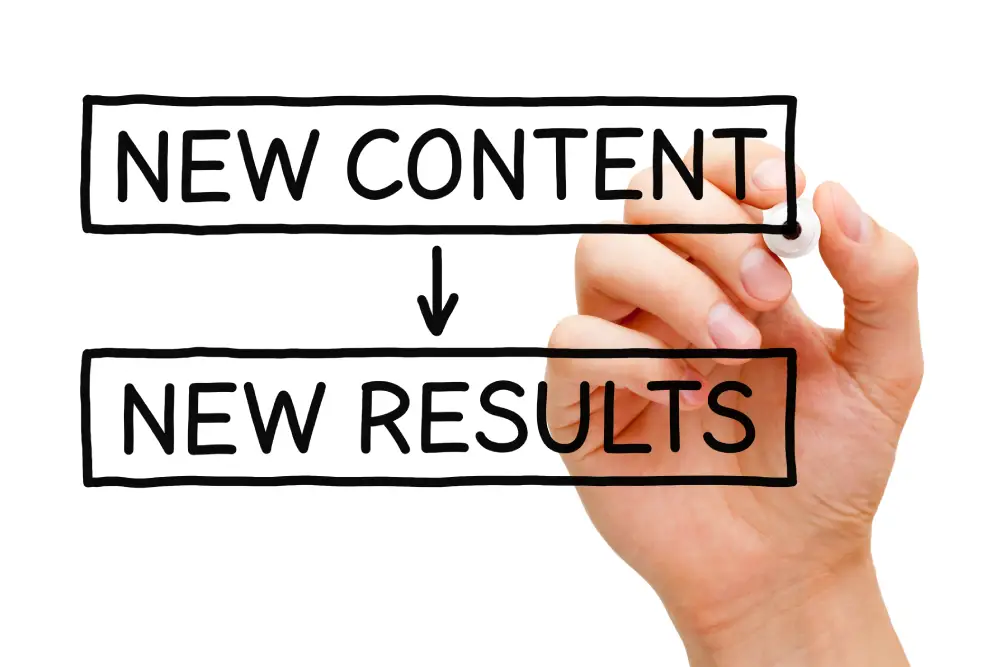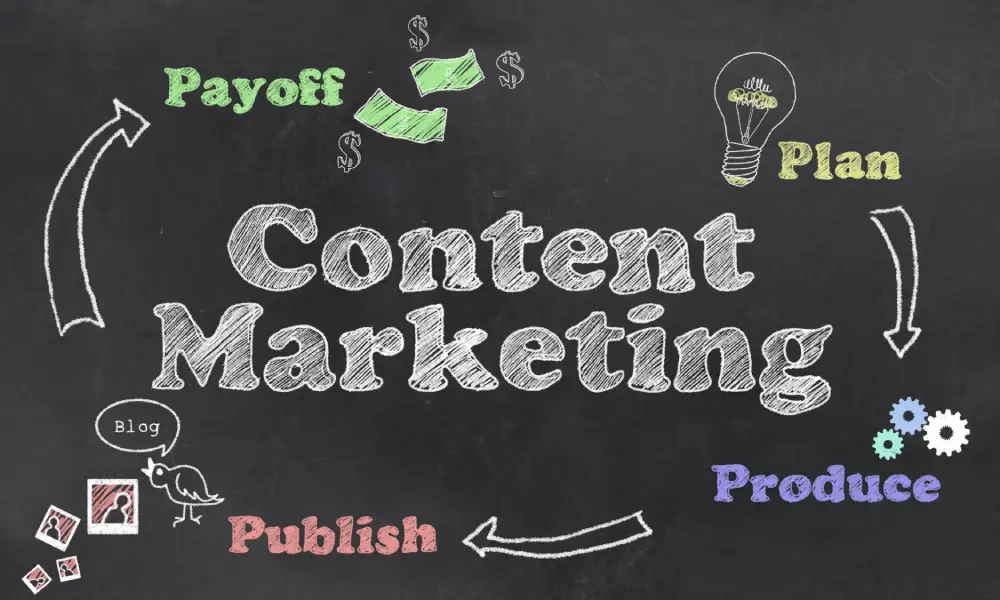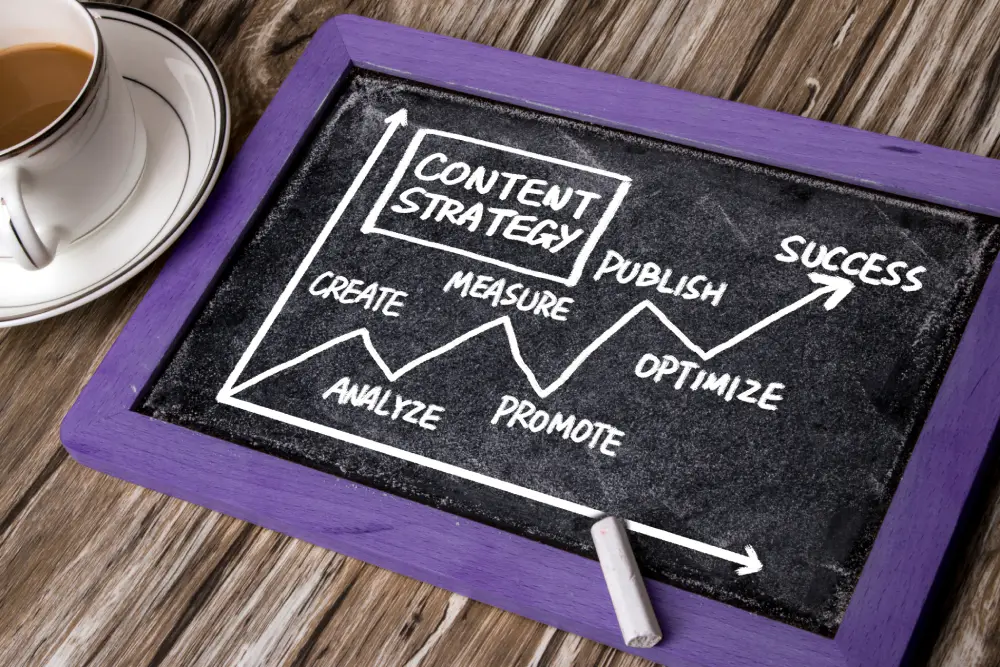The health and wellness industry is significant, and it’s easy for your company to get lost in the sea of small businesses. Setting your business apart is critical in such a competitive market, and having multiple marketing strategies will make your advertising that much more effective. Frequently, retailers overlook potential content creations that can draw and guide consumers towards their products. Most miss the opportunity to expand their customer base by only creating bottom-funnel content geared towards an audience that knows what product they want and is ready to buy that specific product. You can guide potential consumers towards your product or service by creating mid to upper-funnel content.
What Are the Different Levels of Content?
When creating your content strategy, it’s important to integrate each level of content into your SEO strategy. Bottom-funnel content is the most popular kind of content produced, usually showcasing your business’s product or service geared towards an audience that is readily prepared to purchase. However, your business may be missing out on potential leads from customers who don’t know that they need to buy your product, but they can be pushed towards your product with a bit of guidance.
The next level is mid-funnel content, which compares products or services to help consumers determine the best fit for their needs. Some consumers may know that they want a particular service, such as a massage. But they may not know whether a deep-tissue massage or hot-stone massage would be best for their needs, such as stress relief. Creating content that compares your products or services can help users decide what service they need.
After mid-funnel content, we have upper-funnel content. This kind of content educates the user on a broader level. For instance, if a customer is searching for new makeup products, they may come across a piece, “How to Do Smokey Eyes,” using a particular kind of eyeshadow in the video or article. After learning more about a specific look that interests them, they may be enticed to buy the product used in the video.

Bottom-Funnel Content
When constructing your content strategy, begin with your bottom-funnel content and work towards upper-funnel content. Bottom-funnel is usually created without much content strategy other than ensuring that the content is optimized and SEO-friendly. Pages with bottom-funnel content are often advertising towards an audience ready to buy, with information including the price, description of the product or service, and a way to book or buy. An example of this would be a consumer searching for a “deep tissue massage near me” and reaching a page that has that specific service ready to sell. The consumer already knows the particular service they want and is prepared to purchase.

Mid-Funnel Content
Mid-funnel content is geared towards consumers who know what they are looking for but aren’t sure what product or service would best fit their needs. Creating content that contains comparisons between your business’s products and a competitor’s or comparing different types of the same product or service can help guide the consumer towards what you are selling. For instance, if someone knows they want to get a massage but isn’t sure if they should receive the Swedish massage or the deep tissue massage, they may search for content to help them determine what decision to make. Take a look at what your competitor offers and decide how to better advertise your products or services.
Upper-Funnel Content
Upper-funnel content provides the most information and education to the consumers. This kind of content often creates a web or rabbit hole for the viewer, linking other pieces of content that guide the consumer towards bottom-funnel content on their decision journey. If a customer isn’t sure they necessarily need a product or service but come across an article or video showing how to do something, it may entice them to seek that service. Suppose a hair salon creates a blog or video showing how to do a particular hairstyle and links their hair salon. In that case, it can guide the consumer towards bottom-funnel content and eventually to the point of purchase.
If your business doesn’t create the content that consumers are looking for, another will. By directing your consumer’s decision journey towards bottom-funnel content, you will guide them closer to your product or service. You can create this kind of content by understanding what’s trending in your industry, whether on the market or in magazines. If you have an SEO tool like SEMrush, you can conduct keyword research to pull high-volume keywords to create your content topics. Another way to do this is to research what your competitors are ranking for and create similar content.

Whether your health, wellness, or beauty business is big or small, having multiple forms of content from each level will make your content strategy much more effective. Starting with your bottom-funnel content and determining how far up the funnel you want to go and how much education you are looking to provide will help you determine what kind of content to create. Every piece of content you create will help guide the user towards your product or service and add another point of entry to your website, hopefully driving more traffic towards what you are selling.










